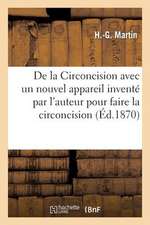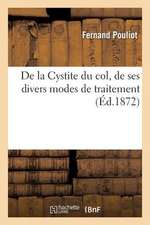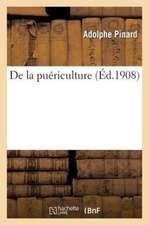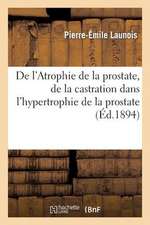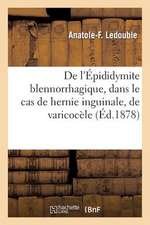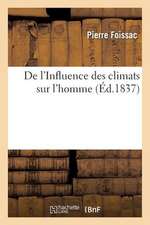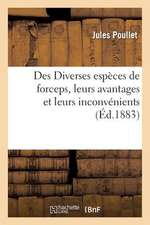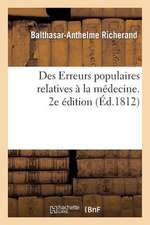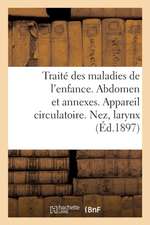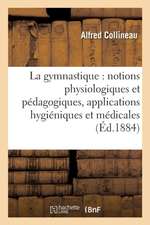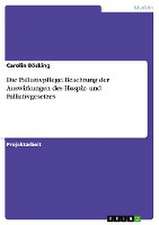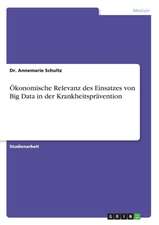Forensic DNA Analyses Made Simple: A Guide for the Curious
Autor Omar Bagasra Ilustrat de Mohammad Saffar Autor Ewen McLeanen Limba Engleză Paperback – 13 iul 2023
Key Features
• Provides self-learning about DNA fingerprinting.
• Includes sections on how to analyze and interpret DNA fingerprinting.
• Covers legal and medicolegal issues and case analyses.
• Teaches novice legal community about DNA fingerprints.
• Summarizes for a general audience the role of ancestry, DNA, and what that means.
| Toate formatele și edițiile | Preț | Express |
|---|---|---|
| Paperback (1) | 294.81 lei 43-57 zile | |
| CRC Press – 13 iul 2023 | 294.81 lei 43-57 zile | |
| Hardback (1) | 702.37 lei 43-57 zile | |
| CRC Press – 13 iul 2023 | 702.37 lei 43-57 zile |
Preț: 294.81 lei
Nou
Puncte Express: 442
Preț estimativ în valută:
56.41€ • 59.05$ • 46.95£
56.41€ • 59.05$ • 46.95£
Carte tipărită la comandă
Livrare economică 31 martie-14 aprilie
Preluare comenzi: 021 569.72.76
Specificații
ISBN-13: 9781032015040
ISBN-10: 1032015047
Pagini: 224
Ilustrații: 4 Tables, black and white; 27 Line drawings, color; 28 Line drawings, black and white; 3 Halftones, color; 17 Halftones, black and white; 30 Illustrations, color; 45 Illustrations, black and white
Dimensiuni: 152 x 229 x 14 mm
Greutate: 0.31 kg
Ediția:1
Editura: CRC Press
Colecția CRC Press
ISBN-10: 1032015047
Pagini: 224
Ilustrații: 4 Tables, black and white; 27 Line drawings, color; 28 Line drawings, black and white; 3 Halftones, color; 17 Halftones, black and white; 30 Illustrations, color; 45 Illustrations, black and white
Dimensiuni: 152 x 229 x 14 mm
Greutate: 0.31 kg
Ediția:1
Editura: CRC Press
Colecția CRC Press
Public țintă
Academic, Postgraduate, Professional, Professional Practice & Development, and Undergraduate AdvancedCuprins
- Forward
- Introduction
- CHAPTER 1: The Cell
- CHAPTER 2: How do cells divide and why is it important to know the process?
- CHAPTER 3: Structure of DNA and why we use DNA in Forensic Science.
- CHAPTER 4: Capillary Gel Electrophoresis for analysis of DNA in Crime Labs
- CHAPTER 5: Sex Determination by STR
- CHAPTER 6: The Combined DNA Index System (CODIS)
- CHAPTER 7: How STRs are analyzed in a Forensic Laboratory
- CHAPTER 8: Complexities of Sex Determination
- CHAPTER 9: Y-STR and Paternal Ancestry
- CHAPTER 10: Mitochondrial STRs
- CHAPTER 11: Forensic Serology
- CHAPTER 12: How to extract DNA from a biological sample
- CHAPTER 13: A guide to understanding the value of DNA results: A short discussion on Probability and Statistical Calculations.
- CHAPTER 14: What are autosomal dominant, recessive, and X-linked dominant and recessive traits?
Notă biografică
Dr. Bagasra’s research interests have long been associated with the study of HIV and AIDS. In fact, he has been on the trail of the virus since 1981—the year of the first scientific report. For several years he focused on trying to gain insight into the molecular pathogenesis of HIV and role of microRNA in protection against lentiviruses. In 1998, he was the first to clearly discuss the protective role of small RNAs against retrovirus and lentivirus ("HIV and Molecular Immunity,"). His unswerving dedication to his work has resulted in over 200 scientific articles, book chapters, and books. During the last few years, he has received several national and international prestigious awards and recognitions. In 2002 and in 2014 he received Faculty Scholar Award from the American Association for Cancer Research. In 2006 he was the co-recipient of the South Carolina Governor’s Award for Excellence in Science. From 2002-2006 he also served as the Council Member of the American Association of Cancer Research (MICR-AACR). Dr. Bagasra currently serves as professor of Biology and the director of the South Carolina Center for Biotechnology at Claflin University, which he founded in 2001. Much of his work has been recognized in top-tier journals, such as New England Journal of Medicine, The Proceedings of the National Academy of Science, Journal of Virology, Journal of Immunology, Journal of Pediatrics, Nature Medicine, Nature Protocol, Science, EBioMedicine and many other journals.
The Institut Pasteur’s Luc Montagnier – the discoverer of the AIDS virus and 2008 Nobel Laureate-described Dr. Bagasra as "a skilful researcher…(and) a discerning scholar who explores new ideas", observing he already had a track record for challenging conventional wisdom and being proved correct. "Every scientist now knows that a significant percentage of circulating lymphocytes are infected with HIV but in 1992 his findings were highly controversial,"
Currently, Dr. Bagasra has been working on the etiologies of Autism as well as Alzheimer’s disease. He has discovered several neurogenic factors from plants that may remedy neurodegeneration and dementia. He recently published a book on role of environmental chemicals in pathogenesis of Autism.
Originally from Peterborough, UK, Dr. McLean completed his doctorate in Biomedical Sciences at the University of Bradford. He served as a Research Leader in Biotechnology at Aalborg University, Denmark. He has held positions as Department Chair, Program Professor and Director at various institutes in the US, Middle East, and Caribbean. He has actively participated on national research review panels and contributed to various committees and commissions on a global basis. He has mentored 40 graduate students and has served on the Editorial Boards of nine peer-reviewed journals. He has published over 110 peer-reviewed papers and 220 other contributions. Since 2013 he has been based in Columbia, South Carolina.
Mohammad Saffar, illustrator
"Mohammad Saffar is a Graphic designer with a10 years of experience in
graphic design and animation."
He got a BA in graphic design at Sooreh University of Tehran/IRAN. After
working for ten years in graphic design and animation in the industry for some
Companies in India, Oman, and Iran, he went to the United state. He got his
master of fine art degree in digital production art.
Mohammad likes to learn new technology and share that with students.
Because of that, he spends time teaching Graphics and Animation at
Universities in person and online.
The Institut Pasteur’s Luc Montagnier – the discoverer of the AIDS virus and 2008 Nobel Laureate-described Dr. Bagasra as "a skilful researcher…(and) a discerning scholar who explores new ideas", observing he already had a track record for challenging conventional wisdom and being proved correct. "Every scientist now knows that a significant percentage of circulating lymphocytes are infected with HIV but in 1992 his findings were highly controversial,"
Currently, Dr. Bagasra has been working on the etiologies of Autism as well as Alzheimer’s disease. He has discovered several neurogenic factors from plants that may remedy neurodegeneration and dementia. He recently published a book on role of environmental chemicals in pathogenesis of Autism.
Originally from Peterborough, UK, Dr. McLean completed his doctorate in Biomedical Sciences at the University of Bradford. He served as a Research Leader in Biotechnology at Aalborg University, Denmark. He has held positions as Department Chair, Program Professor and Director at various institutes in the US, Middle East, and Caribbean. He has actively participated on national research review panels and contributed to various committees and commissions on a global basis. He has mentored 40 graduate students and has served on the Editorial Boards of nine peer-reviewed journals. He has published over 110 peer-reviewed papers and 220 other contributions. Since 2013 he has been based in Columbia, South Carolina.
Mohammad Saffar, illustrator
"Mohammad Saffar is a Graphic designer with a10 years of experience in
graphic design and animation."
He got a BA in graphic design at Sooreh University of Tehran/IRAN. After
working for ten years in graphic design and animation in the industry for some
Companies in India, Oman, and Iran, he went to the United state. He got his
master of fine art degree in digital production art.
Mohammad likes to learn new technology and share that with students.
Because of that, he spends time teaching Graphics and Animation at
Universities in person and online.
Descriere
This book provides the background necessary to understand, interpret, and apply sequencing information to real world problems. Replication of genetic material, the structure of DNA, typing methods and forensic applications are all discussed in this useful primer.

